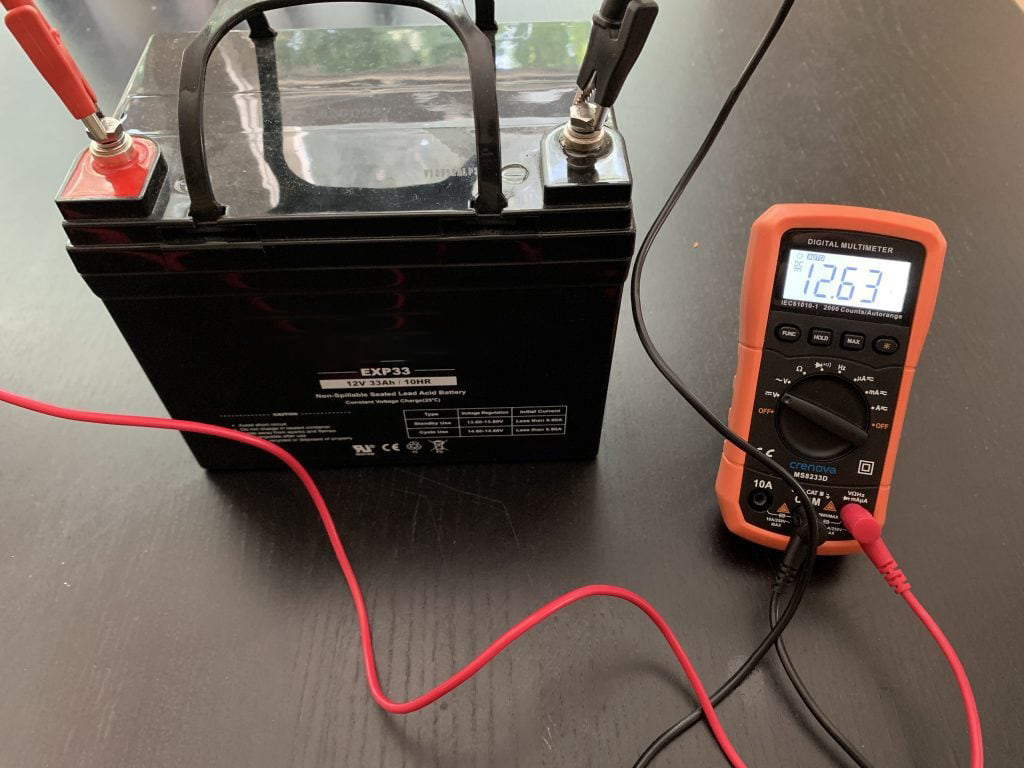The voltage of a single lead-acid battery is determined by its chemical composition and construction. For example, a typical lead-acid battery cell, when fully charged, has a voltage of around 2.1 to 2.2 volts for flooded lead-acid batteries and around 2.2 to 2.4 volts for valve-regulated lead-acid (VRLA) batteries, such as AGM or gel batteries.
To increase the overall voltage of a lead-acid battery system, multiple cells are connected in series. Each cell adds its individual voltage to the total voltage of the system. For instance, a 12-volt lead-acid battery commonly used in automotive applications typically consists of six cells connected in series, each contributing around 2 volts, totaling 12 volts.
If you need a higher voltage for a specific application, you can connect multiple lead-acid batteries in series to achieve the desired voltage level. However, it’s essential to ensure that all batteries in the series have the same voltage rating and state of charge to prevent imbalance and potential damage.
It’s important to note that increasing the voltage of a lead-acid battery system by connecting batteries in series affects the overall capacity and energy storage capability. Additionally, proper voltage regulation and monitoring are necessary to prevent overcharging and ensure the safety and longevity of the battery system.


